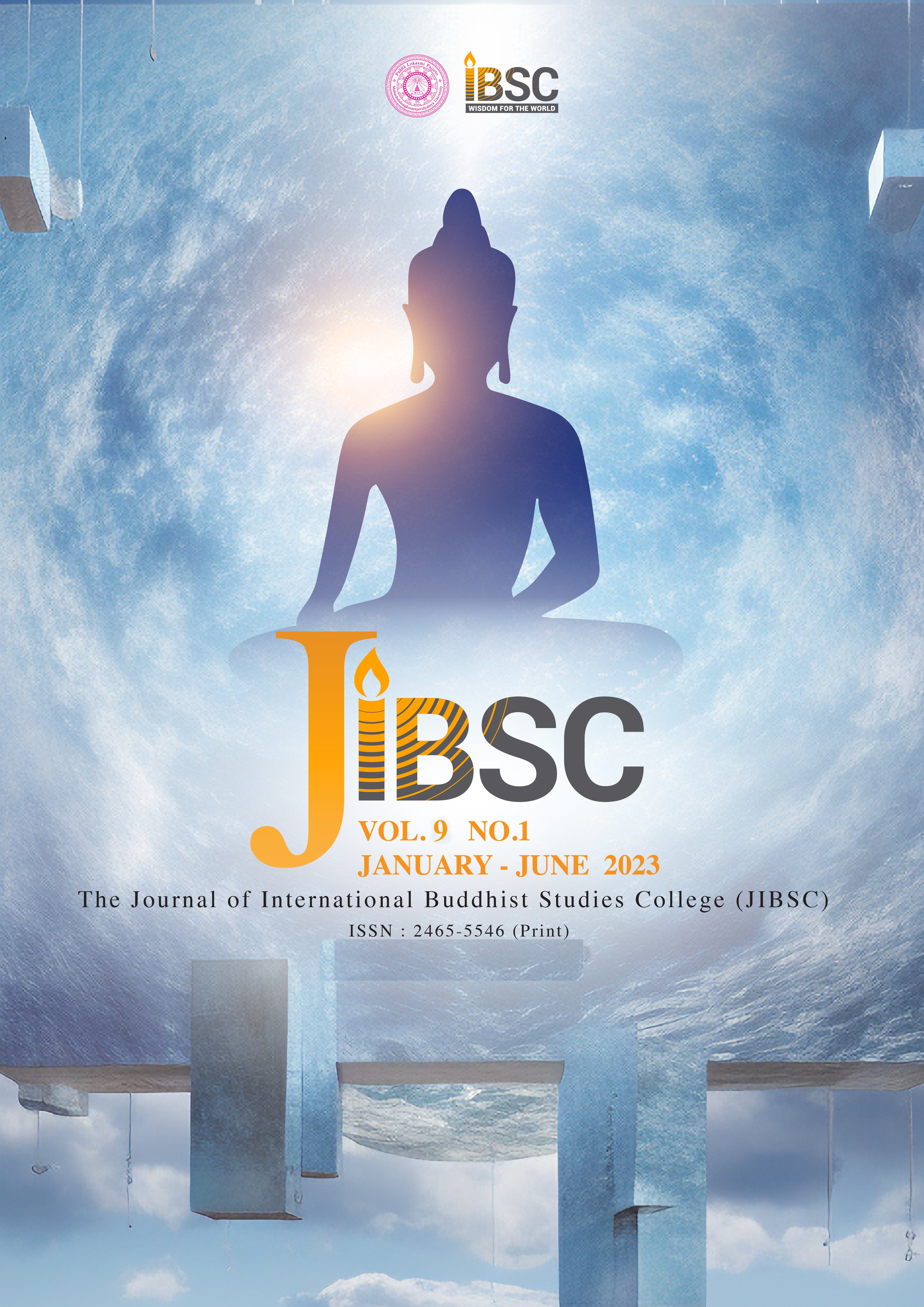Defining Visual Arts or Media to represent Sense of Religion Place in Tourism
Main Article Content
Abstract
During this COVID-19 era, the world is now living with COVID-19. This disease needs to be treated delicately. The widespread of this disease creates an impact throughout many different industries, especially with a social gathering. Social distancing has to be applied to stop the spreading of the disease. In solving the spreading problem, the online platform of any work or study activities has been adopted and applied in supporting social distancing and maintaining regular activities of work and study. Tourism is the one most important hit by this pandemic. In recovering the tourism industry, vaccination is the new hope to humankind. Stop spreading might be the new hope from vaccination while waiting for it. Moving into the online arena brings another hope of getting the tourism industry a new life. Sense of place is the key to connecting tourist and attraction place. Creating a sense of place through visual media can establish such a connection. Using visual art through an online platform might bring tourism to a new start. Using design thinking as a research methodology in searching for
attraction place in religion and identifying the identity of religious place is the key to define the character of religious place. Therefore, matching the characteristic of religious places with visual art characteristics should bring a sense of religious place through the virtual environment later. 360 Photosphere or 360 Spherical panoramas, Color photographs, and Video tours are 3 types of visual art picked to represent religious places the best. At last, all three visual art or media can stimulate tourists in developing a connection between tourist and place. The development of realistic imagery from all 3 visual arts might shed some light on better visual media in religious places. Creating a sense of place environment for tourists to experience without traveling to the actual place while this pandemic is still going might be within reach.
Article Details
The Journal of TCI is licensed under a Creative Commons Attribution-NonCommercial-NoDerivatives 4.0 International (CC BY-NC-ND 4.0) licence unless otherwise stated. Please read our Policies page for more information on Open Access, copyright and permissions.
References
Arnheim, Rudolf. (1974). Art and Visual Perception. University of California Press. Berkeley and Los Angeles, California.
Berger, John. (1977). Ways of Seeing. British Broadcasting Corporation and Penguin Books.
CDC. “Possible Side Effects After Getting a COVID-19 Vaccine.” CDC Site. Published by Mar 16, 2021. https://www.cdc.gov/coronavirus/2019-ncov/vaccines/ expect/ after.html.
Kasemsuk, Narumon and Apisitniran, Lamonphet. “Routes to recovery.” Bangkok Post.
Published by 15 Mar 2021. https://www.bangkokpost.com/business/2083699/routes-
to-recovery.
Li, Cathy and Lalani, Farah. “The COVID-19 pandemic has changed education forever. This is how.” World Economic Forum. Published on 29 Apr 2020. https://www.weforum.org/agenda/2020/04/coronavirus-education-global-covid19- online-digital-learning/
Nöth, Winfried. (1995). Handbook of Semiotics. The Association of American University Presses' Resolution.
Pipitthanarak. “Chakkrapong Masjid.” Banglumphu Life. Published on 17 July 2018. http://banglamphulife.blogspot.com/2018/07/blog-post_7.html.
Sebook, Thomas A. (2001). Signs: An Introduction to Semiotics. Toronto: University of Toronto Press.
Springboard.com. “What are the 5 stages of Design Thiking?” Springboard. Accessed March
https://www.springboard.com/library/ui-ux-design/design-thinking-stages/.
Timothy, Dallen J. and Olsen, Daniel H. (2006). Tourism, Religion & Spiritual Journeys. Routledge.
Wigington, Patti. “What is a Shrine?” Learn Religions. Published by March 31, 2018. https://www.learnreligions.com/what-is-a-shrine-2561918.


